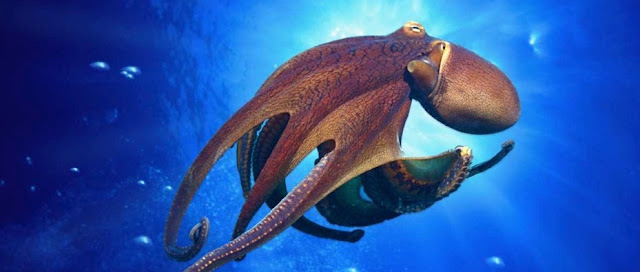Saving Themselves For Eating Their Favorite Food

All of us have special favorite food. But have you ever thought what would be the favorite dish for cuttlefish? To find out, scientists from Cambridge University have set out an experiment. An experiment that reveals that they would actually save room for their favorite meals. To perform this, they have tested twenty-nine cuttlefish five times a day for five days, by putting crab and shrimp at the same distance from the cuttlefish. All showed a preference for shrimp. So, they decided to split the group. Where the first group was fed with crab in the day and shrimp in the evening. While the group has given small amounts of crab and shrimp at irregular intervals. The cuttlefish could not predict their favorite food. But, when conditions changed, the first group used to eat less crab in the day and save themselves to eat their delicious snack. It has miraculously mesmerizing powers. It's skin flashes like a strobe, hypnotizing its prey. Cuttlefish don't have...




